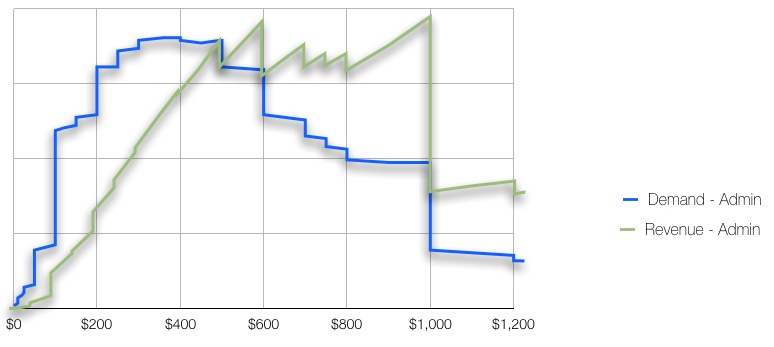How to Motivate Salespeople for Profit Generation
 PriceBeam
·
3 minute read
PriceBeam
·
3 minute read

One of the most vexing challenges for sales managers is to induce efficacious price capturing behaviour in salespeople. Consistently trying to undercut prices and excessively granting discounts to ‘close the deal’ are both examples of poor conventions that are deeply rooted in sales, and despite the clear economic benefits of eradicating such practices, most sales managers find their attempts to be in vain.
Why won’t these sales people listen to reason? How many times have you not told them that ‘revenue’ is not the goal? How many times have you not told them that further discounts should only be granted in special cases? Tens, maybe even hundreds of times would be my guess. But telling them to change won’t get you anywhere, neither can a set of strict guidelines do the job on its own. Like with everything else, you need to make the salespeople want to change.
What is good behaviour?
Before we proceed, let’s take a step back - what is it that you want from your salespeople? The easy answer is “to do as I tell them to”: however, even if you get them to obey, if this obedience is sullen and resentful, they will not perform optimally. You may be able to get one salesperson to stop granting discounts, but if this means he won’t close any deals, then what’s the use? This is typically what happens -- if the rules are clear, most salespeople will follow them while thinking to themselves “I can’t perform well under these stupid rules, and so, I cannot be blamed for bad performance”. This is what you get with rules only.
What you really want, however, are salespeople that genuinely agree with the goals you set out. Salespeople that genuinely believe that ditching the discount is a great idea, and barely need guidelines to change their behaviour. You want salespeople that will optimize their behaviour on their own initiative.
Goal Setting and Incentives
Of course, you still have a role as a manager in making them want what you want. That is, make sure they set goals (explicitly or implicitly) that are aligned with those of the organization. The key component here are the incentives: both monetary and non-monetary incentives should be based on profit-generation rather than revenue.
Moreover, while encouraging employees to set their own goals is advocated, there is nothing wrong with clarifying organizational objectives: however, it is best that these are kept fairly abstract. For example, rather than setting a goal that is “keep ‘average discount’ below 10%”, from a motivational viewpoint, it is better to set out a goal that is “discount wisely”, with some underlying principles of what constitutes “wise discounting”.
Motivating to Action
While reason and logic can help you win the salespeople to your way of thinking, turning these thoughts into action should be self-motivated -- micromanaging won’t get you anywhere.
Instead, your job as a manager is to create an environment where action-taking behaviour is encouraged. Generally, encouraging action-taking behaviour can be boiled down to four components:
Self-Efficacy
For salespeople to successfully taking actions and committing to changes, it is important that they feel they are capable of making such changes. This comes down to convincing them that obstacles can be overcome, and that they have the full support from the management, even if they fail initially as they step out of their comfort zone.
Reason-to
The salespeople must believe that the change makes sense: that the action, if successful, will lead to a something that is better than the status quo. This is the part where you reason and argue the best you can, and lay out the cold facts on what this change will bring about -- typically, this will include presenting the expected profit increases.
Risk-Minimization
In many cases, self-motivated action comes with a certain degree of autonomy as individuals are encouraged to think and act independently. Such autonomy comes with a ‘cost’, too -- that is the risk of failure. If the perceived risk of failure, and the subsequent risk of punishment is high, salespeople will be reluctant to take action and commit to changes, even if they feel they are capable and see the reasoning behind it. In this case, it is important to eliminate any form of punishment and/or stress that failure and punishment should not be feared.
Expected Outcome
Risk can be minimized, but not removed -- and so, it is of the essence that the salespeople will find that taking action and making changes will, in fact, lead to the outcomes that you pledge. If you want them to walk away from the negotiation table when the price gets too low, with a promise that eventually they will get a better, more sustainable customer base, they need to believe this will happen: if they think they’ll just be walking away from yet another deal, they won’t do it. Or at least, they will show up with so little enthusiasm that they never would’ve gotten the deal in the first place.
.png?width=400&height=100&name=PBLogoTransparent%20(1).png)




